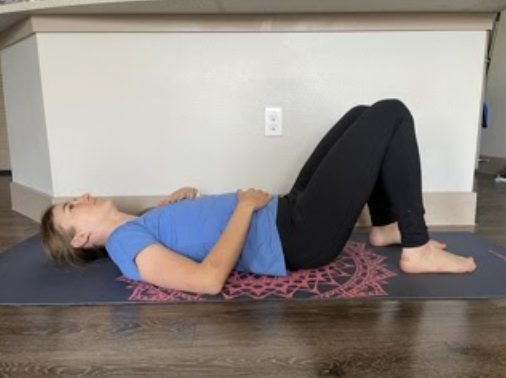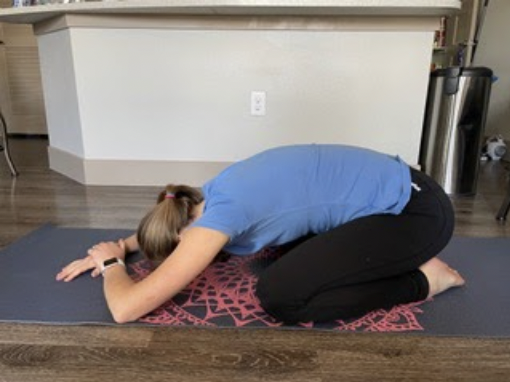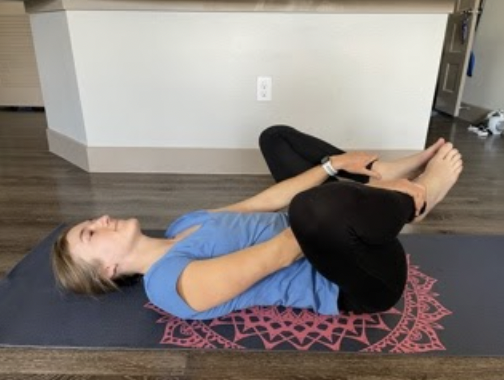Preparing your pelvic floor for birth
Contrary to popular belief, your pelvic floor does not need to be strong to push a baby out. Your pelvic floor’s job during a vaginal childbirth is instead to move out of the way in order to allow the baby to pass through the birth canal. Rather than doing kegels to train for birth, which may actually hinder the progression of labor and birth, consider practicing pelvic floor relaxation instead.
Plenty of people, particularly young, active people, have pelvic floor muscle tightness. Tightness in the pelvic floor can make it difficult for these muscles to relax during birth, slowing the progression of labor and even increasing the likelihood of progression to c-section. Practicing pelvic floor muscle relaxation during pregnancy can help your body prepare to relax into birth rather than fight against it.
Instead of kegels, try these pelvic floor relaxation exercises:
Diaphragmatic breathing (this can be done in any position)
Pick a comfortable position and place one hand on your chest and one hand on your belly. Inhale slowly while allowing your ribs to expand, your belly to fill with air. Imagine breathing your air down into your pelvis, picturing your tailbone uncurling and your anal/vaginal openings relaxing. Exhale slowly- don't think about feeling for anything on your exhale. Inhale to relax, exhale and rest.
Child’s pose with diaphragmatic breathing:
Practice the same breathing technique but in child's pose. You can use a pillow or a ball if bringing your upper body to the floor is uncomfortable. You can also rest onto your elbows.
Happy baby pose with diaphragmatic breathing:
You can try this same diaphragmatic breathing technique in happy baby if this is comfortable for you. You can support your legs at your ankles like pictures below, or behind your knees for more support. Your legs should be relaxed.
There are so many benefits to working with a PT during pregnancy, not just after. Working with a pelvic floor physical therapist during pregnancy can help:
reduce the likelihood of perineal tearing during childbirth
reduce the incidence of urinary incontinence during and following birth
reduce the severity of a diastasis recti postpartum
address common pains like pubic symphysis pain and SI joint pain
help you with push preparation for birth
and so much more
Check out our self-paced, online birth preparation course to learn more!
To learn more about training your body for childbirth and working with a PT during pregnancy, call us at 512-766-2649 or contact us through our website. Follow us on Instagram @ladybirdpt for practical tips for pregnancy, birth and recovery!



